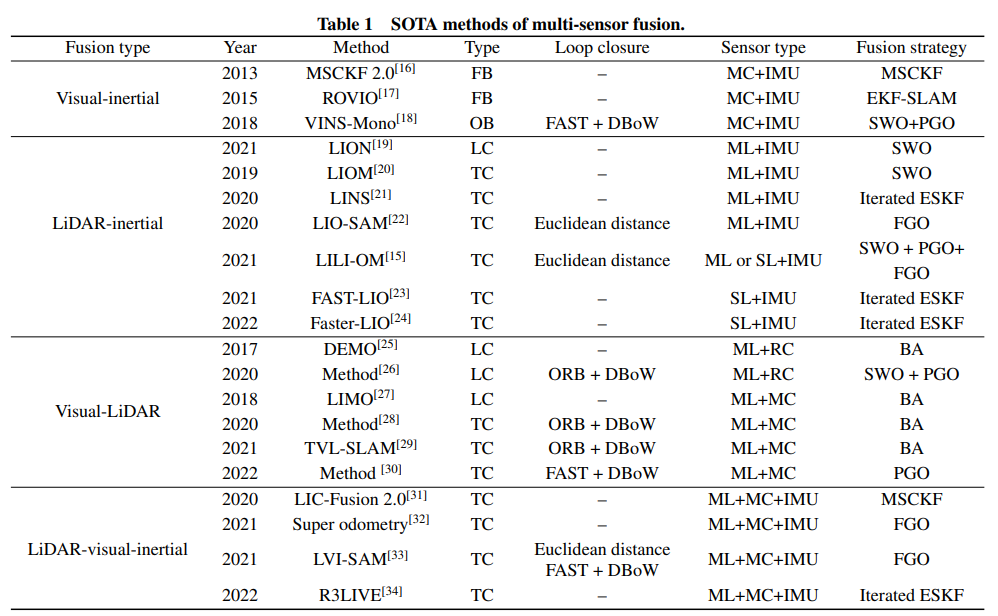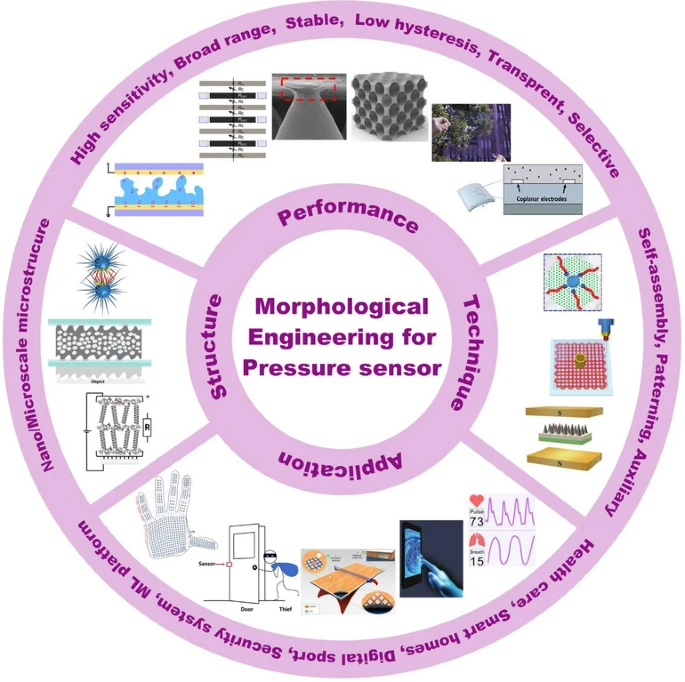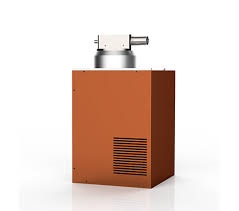What is a capacitive sensor?
A capacitive sensor detects solid or liquid targets without physical contact by emitting an electric field from its sensing terminal. Any object that alters that field can be detected.
Materials detectable by capacitive sensors
Examples of solids detectable by capacitive sensors include metals, plastics, wood, paper, glass, and fabrics. Capacitive sensors can also detect liquids such as water, oil, and paint. Some capacitive sensors can measure the presence or level of material inside containers.
Water leak (flood) sensors
A water leak sensor detects and responds to the presence of water or changes in water level, used to monitor leaks and mitigate water damage. A key advantage of capacitive sensors is their ability to measure liquid level without direct contact, which is useful where hygiene is required or where the liquid is corrosive, toxic, or at high temperature. Capacitive sensors typically provide high sensitivity and good immunity to interference, enabling reliable operation in challenging environments.
Operating principle
Capacitive water leak sensors detect water presence or level changes by measuring changes in capacitance. Capacitance is the ability to store electric charge between two conductors. When the dielectric material between the conductors changes (for example, from air to water), the capacitance changes accordingly.
When water contacts or approaches the sensor electrodes, the dielectric constant between the electrodes increases because water has a much higher permittivity than air. This change in capacitance can be detected by the sensor circuitry and converted into an electrical signal to indicate water presence or level change. In other words, capacitive water leak sensors measure the change in the effective dielectric constant between electrodes. This approach supports high precision and improved noise immunity.
Advantages of capacitive water leak sensors
- High sensitivity and accuracy: By measuring capacitance change, these sensors can detect very small amounts of water.
- Non-contact measurement: The sensing element can be isolated from the liquid, improving corrosion resistance and service life, and allowing operation in dirty or contaminated water without direct wetting of the electrodes.
- Wide applicability: Suitable for industrial monitoring, environmental monitoring, and smart home leak detection, among other scenarios.
- Good environmental adaptability: Capable of stable operation across broad temperature and humidity ranges with limited performance degradation due to environmental variation.
- Easy integration and scalability: The design facilitates integration with monitoring systems and supports multi-point monitoring and complex deployments.
Comparison with resistive water sensors
Resistive water sensors usually use two exposed conductive electrodes that are open-circuit in air. When water connects the two electrodes, the circuit closes and the resistance changes, which is detected and converted into a signal. The back side of many commercial resistive sensors shows two exposed electrodes.
1. Sensitivity and accuracy
Resistive sensors have limited sensitivity and accuracy, particularly for detecting pure water or low-conductivity liquids.
Capacitive sensors measure the effect of the medium on an electric field and are not limited by the medium's conductivity, enabling detection of pure water and low-conductivity liquids with higher sensitivity and accuracy.
2. Corrosion
Exposed electrodes in resistive sensors can corrode over time, especially in salt water or corrosive liquids, degrading performance and lifetime.
Capacitive sensors can be designed as fully sealed devices where the sensing electrode does not contact the liquid, avoiding corrosion and supporting longer-term stable operation in harsh environments.
3. Sensitivity to environmental change
Resistive sensor performance may be affected by environmental factors such as temperature, which can alter resistance values and affect detection accuracy.
Capacitive sensor designs can achieve higher tolerance to environmental variation; temperature effects can be mitigated through design or compensation techniques to improve stability and accuracy across conditions.
4. Susceptibility to contamination
Resistive sensors are sensitive to dirt, deposits, or residues on exposed electrodes, which can significantly impact performance.
Capacitive sensors, owing to their non-contact measurement principle, are less affected by surface contamination; small amounts of surface fouling typically do not substantially affect measurements, reducing maintenance needs.
5. Scalability and flexibility
Resistive sensor designs may be less flexible for complex or varying water level detection requirements.
Capacitive sensors offer higher customizability in shape, size, and circuit design, enabling precise monitoring of liquid levels in containers of various geometries and supporting a wider range of applications.
Cost considerations
Comparing capacitive and resistive water sensors requires a multidimensional cost analysis. Although the electronic component cost of a capacitive sensor can be higher than that of a simple resistive sensor, capacitive designs often deliver better total cost of ownership when accounting for structure, installation, maintenance, and lifetime.
Because capacitive sensors can be non-contact and enclosed, they tend to have higher durability and lower degradation from corrosive or contaminated liquids, lowering material quality requirements for exposed electrodes and reducing replacement frequency. Resistive sensors require exposed electrodes made from corrosion-resistant materials and often need more complex sealing and mechanical arrangements, which raises material and installation costs.
Resistive sensors typically require additional connectors, structure, and cabling to route electrode signals to electronics, increasing system complexity and cost. Capacitive sensors can simplify mechanical design and installation, reducing parts and assembly costs. Overall, while initial electronic component cost for capacitive sensors may be higher, their non-contact design and reduced structural and maintenance requirements can yield lower long-term operational cost.
Chip and module solutions
The MC11 series is a high-integration, dual-channel capacitive sensing chip. The chip connects directly to sensing electrodes and measures small capacitance changes using resonant excitation and frequency decoding. It also integrates a temperature sensor for temperature compensation and related sensing tasks.
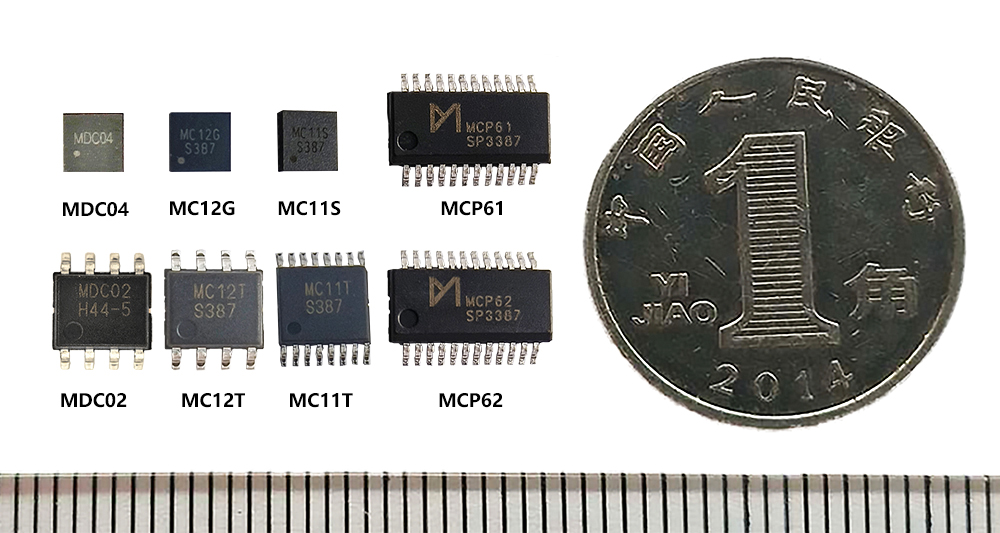
Compared with other similar products on the market, the MC11 series requires relatively simple peripheral circuitry, supports a wider excitation frequency range and a wider operating voltage range, and offers flexible reference frequency and operating mode configuration. The integrated temperature sensing helps with compensation. The independent dual-channel measurement circuits can reference or compensate each other and can be configured for alarm logic. The package size and cost characteristics make the chip suitable for liquid level measurement, touch, and water leak detection scenarios.
The MCP61 is a microcontroller SOC that integrates a dual-channel capacitive analog front end (AFE CAP) able to connect to differential capacitive electrodes near the measured object. It measures small capacitance changes via resonant excitation and decoding. The chip integrates an Arm Cortex-M0 core microcontroller to support embedded signal processing algorithms that convert raw oscillation frequency values into capacitance and derived physical quantities such as liquid level, moisture content, or displacement. The AFE also integrates a temperature sensor for compensation.
Sensor product family
Based on liquid level and leak detection applications, a family of modules and finished sensors has been designed to cover different deployment scenarios.
WS11 series
The WS11 series is a capacitive, non-contact water leak sensor available as a module or a finished sensor product for different integration needs. The WS11 connects to a host or gateway via a UART interface and can be used in smart home systems, industrial monitoring, or flood mitigation systems for real-time level monitoring and leak detection.
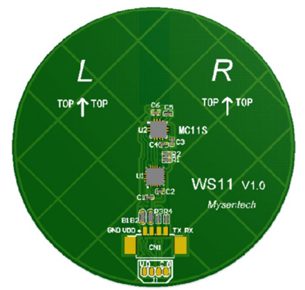
WS11 supports ultra-low-power standby modes to extend battery life and reduce maintenance. The series provides configurable sleep and wake strategies to balance monitoring frequency and power consumption, allowing users to set higher monitoring frequency during critical periods and lower frequency during low-risk periods.
WS11 also supports continuous digital output that provides a quantitative measure of water presence, enabling precise reflection of leak severity or water level. Continuous digital output facilitates detailed data analysis and trend assessment, which can support proactive maintenance and optimization of mitigation measures. These features make the WS11 series suitable for low-power IoT applications.
Example use cases
Underground manhole water monitoring: real-time monitoring of water accumulation under manhole covers to help prevent road flooding or pedestrian hazards.
Server rooms and telecommunication rooms: monitor water ingress around equipment to protect electronics and maintain service stability.
Buildings: monitor potential leaks such as pipe bursts to protect structures and reduce repair costs.
Smart homes: monitor kitchens, bathrooms, and other areas for leaks and provide timely notifications to occupants.
WLD-485 and WLD-OW
For multi-point leak detection and localization, WLD-485 and WLD-OW sensors support networked deployments. WLD-485 uses an RS-485 bus and WLD-OW uses a single-wire bus, enabling daisy-chaining and large-scale networks suitable for factories, commercial buildings, data centers, and smart buildings.
Using RS-485 or single-wire bus, hundreds of sensors can be connected along a single communication line to form a distributed monitoring network, reducing installation complexity. Cascading allows alarms to propagate through the network when a leak is detected. These sensors can also provide accurate localization of leak points within the network, reducing response time for remediation.
Example use cases
Underfloor heating leak detection: detect early-stage leaks in buried piping to limit damage and repair costs.
Tunnel water monitoring: monitor water ingress in underground tunnels and trigger drainage or mitigation measures when abnormal water levels are detected.
WLD-NC/NO
The WLD-NC/NO water leak sensor integrates a relay output that converts leak detection into a switch signal. The relay can be used to control electrical equipment directly to trigger actions such as power cut-off, activation of drainage pumps, or other safety measures. The sensor provides both NC (normally closed) and NO (normally open) output modes for flexible integration.
This integrated relay simplifies installation and integration into existing safety, automation, or smart home systems without requiring additional intermediary devices. Users can configure trigger thresholds for finer control.
Example use case
Power cabinets: water leak sensors in power cabinets can detect water intrusion and use integrated relay outputs to disconnect power automatically, reducing the risk of equipment damage, short circuits, or fire.
 ALLPCB
ALLPCB


